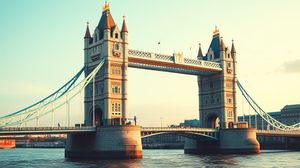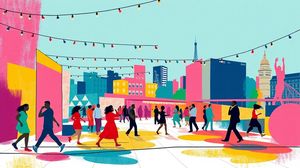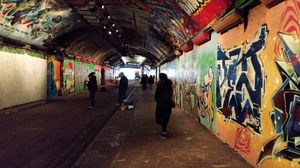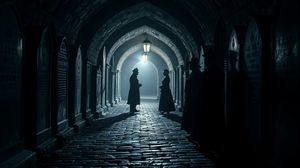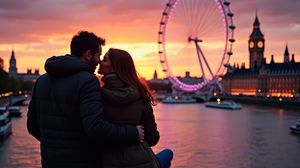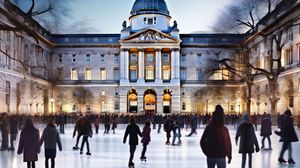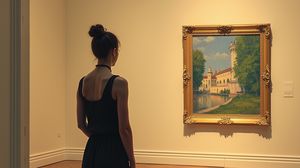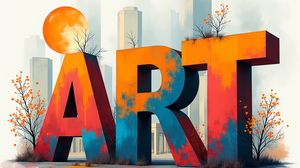
Hayward Gallery is a renowned contemporary art gallery situated on the South Bank of the River Thames in London. It is part of the Southbank Centre, which is one of the largest cultural venues in the UK. The gallery is renowned for its cutting-edge art exhibitions, showcasing works from some of the world's most influential artists.
The gallery opened its doors in 1968 and has remained a central hub for modern and contemporary art. Its Brutalist architecture, designed by the architects of the now-defunct Greater London Council, is a striking example of post-war British design, drawing as much attention for its unique facade as the artwork it houses.
What makes the Hayward Gallery particularly interesting is that it does not have a permanent collection. Instead, it is known for its rotating series of temporary exhibitions, which keeps the experience fresh and unpredictable for visitors. This approach allows the gallery to continuously push the boundaries of what contemporary art can be.
The gallery has showcased a variety of impactful exhibitions over the years, from Andy Warhol to Yayoi Kusama, creating a dialogue between the works of established artists and emerging talents that challenge the conventional boundaries of the art world.
An intriguing fact about the Hayward Gallery is its use of natural light. The structure was designed to allow natural light into the galleries, making it one of the first art spaces in the UK to experiment with controlled lighting environments for exhibiting modern art.
The roof terraces of the Hayward Gallery provide exclusive spaces for installations, offering visitors a unique way to experience art out in the open, against the backdrop of London's skyline. These rarely-seen external areas are part of what makes the Hayward Gallery an exceptional venue for both artists and art lovers alike.
Visitors will also notice the gallery's close collaboration with artists, often involving them in the design and construction of exhibitions. This innovative approach ensures that each exhibition is unique to the Hayward and deeply engaged with the architectural space.

Making the Most of Your Visit:
When planning your visit, it's worth checking out the Southbank Centre's overall schedule because the Hayward Gallery is known for coordinating its exhibitions with large-scale events or festivals. This can provide a richer cultural experience that's integrated with the whole of the South Bank area.
The architecture itself is quite a piece of art at the Hayward. Don't just rush inside; take a moment to appreciate the Brutalist design of the building—lovingly or hatefully, it's a part of the work of art experience here. Understanding its style can enhance your perception of the art on display.
While many people know about the big-name exhibitions, keep an eye out for artist talks, workshops, and other interactive events that are less publicized. These can offer a deeper insight into the exhibitions and sometimes even a chance to meet the artists.
Make sure you explore the outdoor elements of the gallery. The rooftop terraces offer unique exhibits and installations at various times, plus stunning views of London. It's a part of the gallery experience that's often missed.
Consider visiting mid-week or outside of peak hours. Not only will this give you a more leisurely experience with fewer crowds, but the atmosphere in the gallery is noticeably calmer, which can allow for better engagement with the art.

Visiting Times & Costs:
The Hayward Gallery is open to the public, typically operating from 11:00 AM to 7:00 PM, Wednesday to Sunday. These times may vary during special events or installations, so it is advisable to check in advance.
Admission fees apply to most exhibitions, with ticket prices varying based on the specific exhibition and any concessions that may be available, such as discounts for students, seniors, or groups. Some outdoor installations on the rooftop terraces may be free, particularly if part of broader public events.
Regarding accessibility, the gallery is committed to being accessible to all visitors. It offers step-free access, and there are lifts to all floors, including the roof terraces. Accessible toilets are available on the premises. It is always a good idea to confirm accessibility specifics ahead of your visit, especially if you require additional assistance.

Address & Map:

Nearby:
